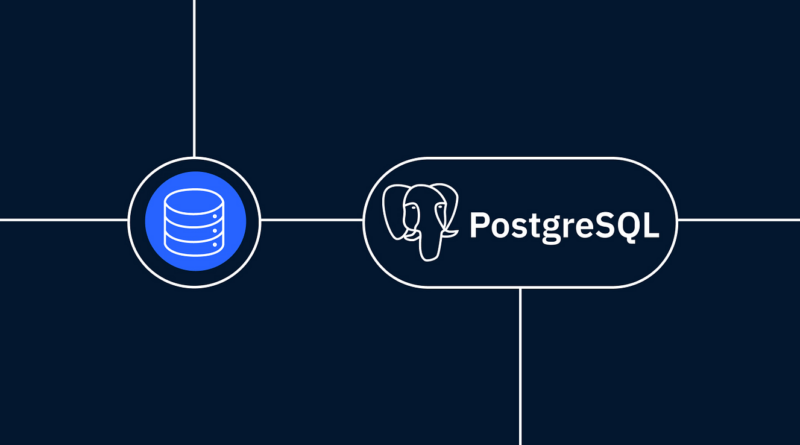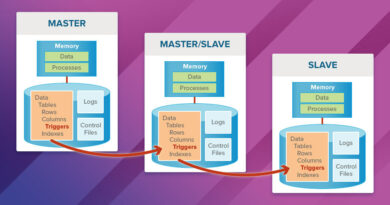How to Optimize PostgreSQL Performance (Step-by-Step)
Optimizing PostgreSQL performance is essential for maintaining fast query execution and efficient resource usage in production environments. This guide walks you through effective strategies to enhance the performance of your PostgreSQL database.
🚀 Step 1: Enable Logging of Slow Queries
Begin by enabling logging for slow queries to identify performance bottlenecks:
# In postgresql.conf
log_min_duration_statement = 2000 # Log queries taking longer than 2 seconds
log_directory = 'pg_log'
log_filename = 'postgresql-%Y-%m-%d_%H%M%S.log'Restart PostgreSQL:
sudo systemctl restart postgresql🔍 Step 2: Analyze Slow Queries
Use pg_stat_statements or pgBadger to analyze the slow query logs:
SELECT * FROM pg_stat_statements ORDER BY total_time DESC LIMIT 10;Or use pgBadger for detailed reports:
pgbadger /var/log/postgresql/postgresql-*.log🧠 Step 3: Create Effective Indexes
- Use
EXPLAIN ANALYZEto analyze query plans and identify missing indexes. - Create indexes on frequently used columns in WHERE, JOIN, and ORDER BY clauses.
CREATE INDEX idx_column ON your_table(column_name);⚙️ Step 4: Optimize PostgreSQL Configuration
Edit postgresql.conf to tweak the following parameters:
# Memory settings
shared_buffers = 2GB
work_mem = 64MB
maintenance_work_mem = 512MB
# Connection settings
max_connections = 200Adjust these settings according to your server’s RAM.
📁 Step 5: Optimize Database Schema
- Use appropriate data types (e.g.,
INTEGERinstead ofVARCHARwhere possible). - Normalize tables to avoid redundancy but be mindful of the performance impact of excessive joins.
- Remove unused tables or columns and keep your schema lean.
📈 Step 6: Monitor Database Performance
Utilize tools like:
- pgAdmin – for visual monitoring and performance reports.
- Prometheus + Grafana – for real-time monitoring.
- New Relic – for comprehensive application and database monitoring.
🧹 Step 7: Regular Maintenance
- Run
VACUUMto reclaim storage and maintain optimal performance:
VACUUM ANALYZE your_table;REINDEX to rebuild indexes that may have become fragmented:REINDEX TABLE your_table;💡 Bonus Tips
- Use connection pooling (e.g., PgBouncer) to manage database connections efficiently.
- Offload read-heavy workloads to replicas to distribute the load.
- Ensure PostgreSQL is running on SSDs for faster disk I/O.
✅ Conclusion
Optimizing PostgreSQL performance requires constant attention and proactive tuning. By enabling slow query logging, creating appropriate indexes, adjusting configuration settings, and performing regular maintenance, you can significantly improve query performance and database responsiveness.


